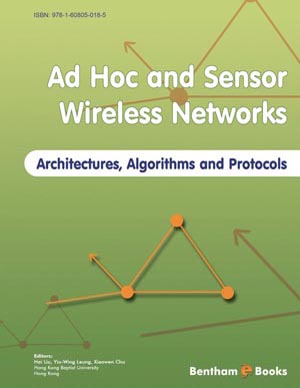Abstract
Pre-attentive vision systems are responsible for directing the attention of higher order vision functions to regions of the field of view that may be of interest to the system. Regions may be of interest due to motion or due to a contextual change in the image that may be due to a sudden appearance or disappearance of an object. Since the outcome of the pre-attentive system is a notification of interest to the higher order vision functions, maintaining a low false alarm rate is critical. One key cause of false alarms can be either sudden or slow changes in illumination of the field of interest of the imaging system. Another key issue is the detection rate of the system. In particular the sensitivity of the system to small changes must be maintained while its immunity to non-interesting change such as illumination is preserved. Thus the use of the proposed chaos-based methods which are inherently immune to illumination change have great promise for these types of systems. In this chapter we will first define the problem of pre-attentive vision in chaos-theoretic terms, and then propose an algorithm that utilizes the chaos-based methods of phase space analysis using global fractal measures. The chaos-based system performance is compared to traditional methods such as Mutual Information, sum of absolute differences, and Gaussian mixture models. The chaosbased methods outperform all of these traditional methods.
Keywords: Pre-attentive vision, receiver operating characteristics (ROC) curve, change detection, Gaussian Mixture Models (GMM), sum of absolute differences (SAD), mutual information.


















